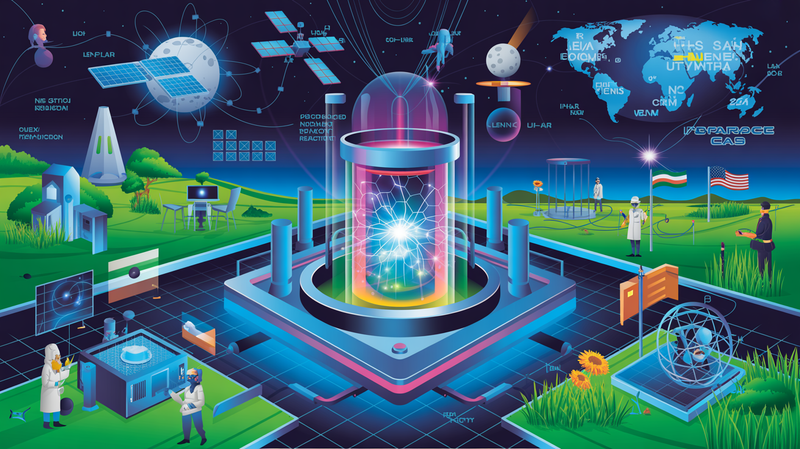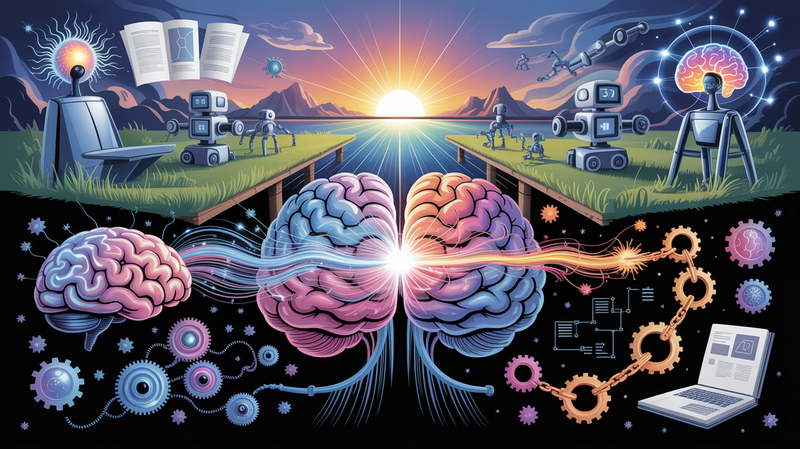Revolution in Computing: The Synaptic Transistor Mimicking the Human Brain
Imagine a world where computers operate and think like the human brain - where data processing and memory are integrated into a single entity, achieving significantly higher energy efficiency and cognitive capabilities. This is the future that a team of researchers from Northwestern University, Boston College, and the Massachusetts Institute
Imagine a world where computers operate and think like the human brain - where data processing and memory are integrated into a single entity, achieving significantly higher energy efficiency and cognitive capabilities. This is the future that a team of researchers from Northwestern University, Boston College, and the Massachusetts Institute of Technology has taken a significant step towards, by developing a new synaptic transistor that mimics the human brain.
Key Discoveries:
This revolutionary device is created from a combination of two atomically thin materials – bilayer graphene and hexagonal boron nitride – arranged in a moiré pattern to achieve stable neuromorphic functionality at room temperature. Unlike traditional computing systems that require data to be shuttled between the microprocessor and memory, this synaptic transistor allows for both to occur simultaneously, thereby reducing energy consumption and enhancing processing capabilities.
The researchers demonstrated the device's ability to perform higher-level cognitive functions, such as associative learning, showing its capability to recognize and classify patterns even with imperfect input. Such capabilities suggest the potential for developing artificial intelligence systems that can better handle complex and dynamic real-world tasks.
Future Perspectives:
The development of the new synaptic transistor marks a significant milestone towards smarter and more energy-efficient computing systems that can mimic the complexity and flexibility of the human brain. It opens new doors in AI and machine learning, promising the development of devices that can learn and adapt in ways current systems cannot.
The creation of a synaptic transistor that mimics the human brain is an important step forward in computer science, allowing us to surpass current limitations in artificial intelligence and data processing. This breakthrough not only enhances the energy efficiency and processing capabilities of our computers but also brings us closer to machines that can truly mimic human cognitive functions. The potential of such technological advancements is immense, promising the development of devices that could revolutionize how we interact with technology and how technology can assist us.





